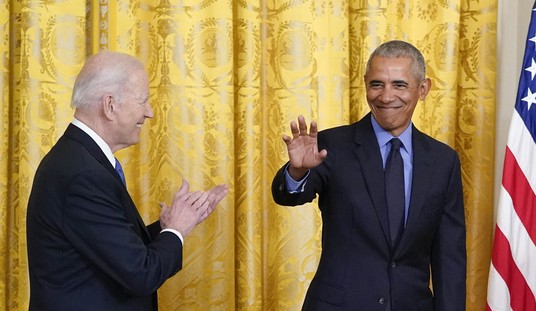Advertisement
Part of the game's appeal lies in what George Will calls its "soothing continuities." Discontinuity can be jarring. It wasn't long ago that the Cubs had to fight to install lights in an ancient stadium that had hosted only day games.
But ingenuity is not something to outlaw. So fans and anyone who admires the creative spirit should be alarmed that the new commissioner of Major League Baseball is open to penalizing the clever and protecting the obstinate.
The target Rob Manfred has in his sights is an increasingly popular defensive alignment that puts three infielders on the first-base side of the diamond to rob hits from batters insatiably prone to hitting in that direction.
The bane of left-handed "pull" hitters, it is alleged to be draining offense from the game like a vampire sucking blood. The poor lunks would prefer to be presented with spacious expanses of unoccupied grass that they may barrage without fear.
But it's not the task of the defense to get these hitters on base. It's the job of the hitters. If they fail, it's their fault.
Manfred pronounces himself eager to consider ways of "injecting additional offense into the game," including a ban on the shift. If inflating scores is the goal, why not give hitters four strikes or shorten the distance between bases? For that matter, why did baseball ban steroids?
The tactic is no recent invention. Back when Ted Williams was terrorizing pitchers, teams regularly employed it when he came to the plate. The tactic frustrated him, but the Red Sox slugger learned to go the other way often enough that opponents eventually stopped shifting.
Recommended
Advertisement
For decades afterward, the shift was rare. In recent years, though, it's become a standard defense against left-handed pull hitters. It was used 13,296 times last season, five times more than in 2010.
But the impact on offense is tiny. The Wall Street Journal calculated last September that as of that date, without it, the overall major league batting average for the season would have been .254 instead of .252.
Outlawing the shift would not be a mere tweak of the rules. It would alter a basic rule of the game, which is: Batters can hit the ball wherever they want, and fielders can position themselves wherever they think it will land.
That's a venerable prerogative, and fielders make use of it on every at-bat -- shading left or right according to the predilections of the batter or the pitcher, moving up or back to cut off runs or prevent extra-base hits in crucial situations. To restrict these movements is to say the defense may not do the smart thing.
There is no doubt the shift makes life harder for hitters. But that's no reason to interfere. For every baseball action, there is an equal and opposite reaction.
Batters have some obvious remedies. One is to bunt to the third-base side, which can succeed with great ease when the shift is in operation. Last year, reports the website Inside Edge, there were 50 bunt attempts against the shift -- and 27 went for hits, a stunning .540 average. Bunting is a skill so simple that even feeble-hitting pitchers are expected to master it.
Advertisement
Hitters can also do what the legendary Willie Keeler (career average: .341) advised: "Hit 'em where they ain't." Left-handed sluggers like Adam Dunn (of the White Sox and Athletics, among others) and Matt Adams (of the Cardinals) -- who are large, slow afoot and very strong -- learned to use the other side of the field, forcing the defense to move back.
Dunn, who retired after last season, said he held to his "stupid, stubborn ways" until he tired of making outs and realized that with a runner on second, "there's a huge hole almost at shortstop" and "if you hit the ball over there, it's a run."
His example shows the way for other hitters to make the shift scarce by rendering it useless. If they are being outsmarted, the solution is for them to wise up, not the game to dumb down.

























Join the conversation as a VIP Member